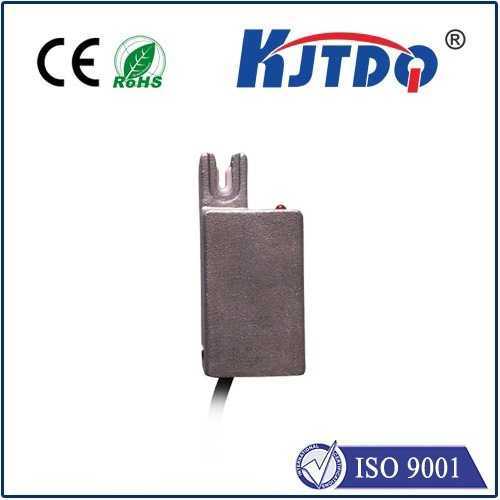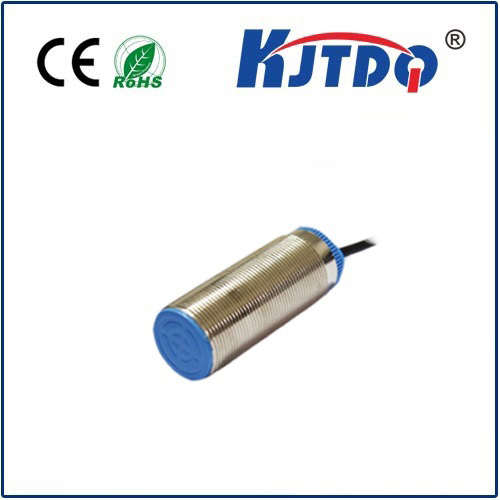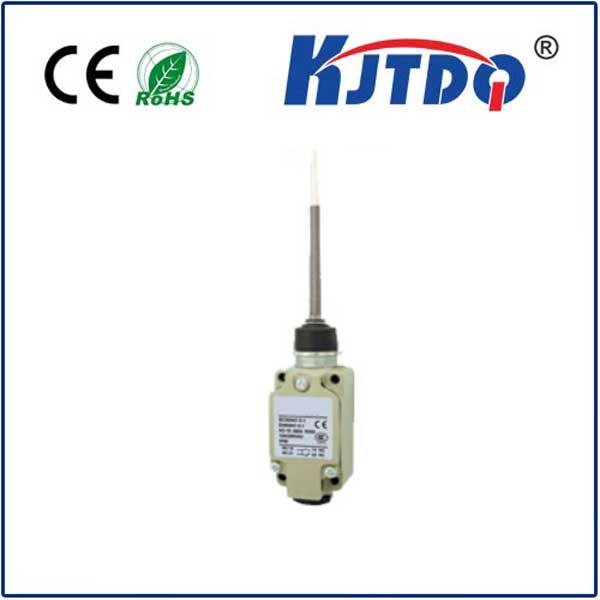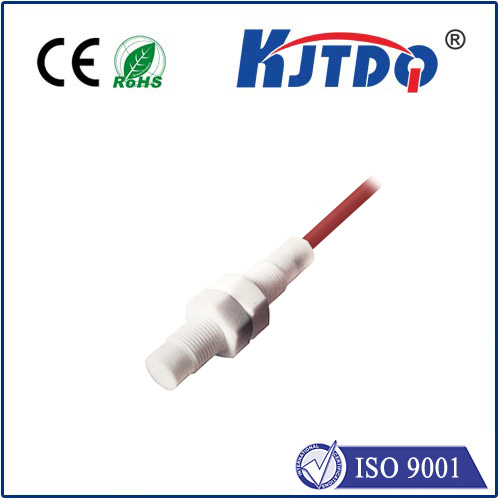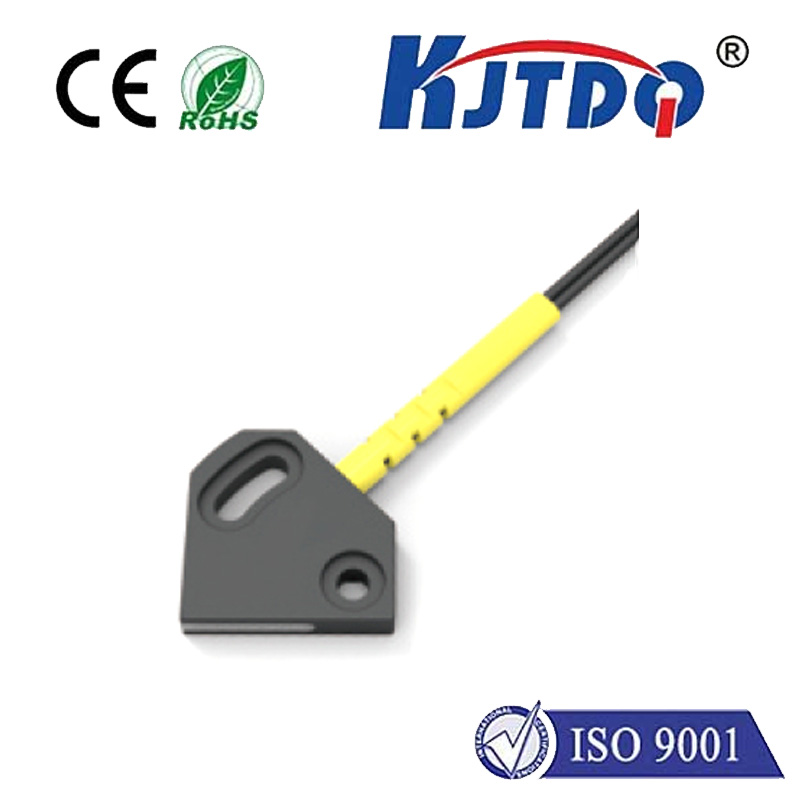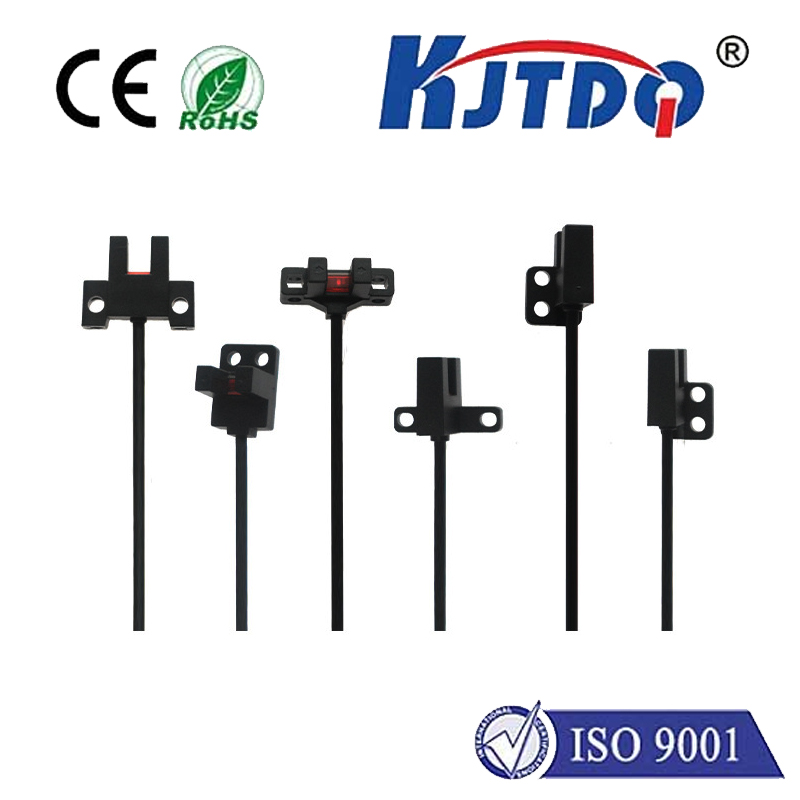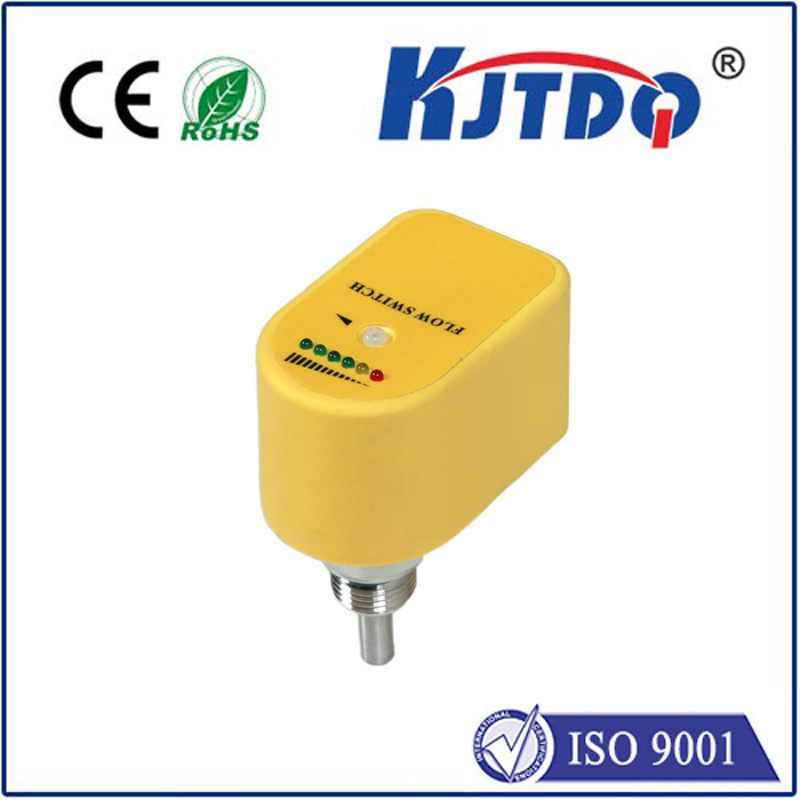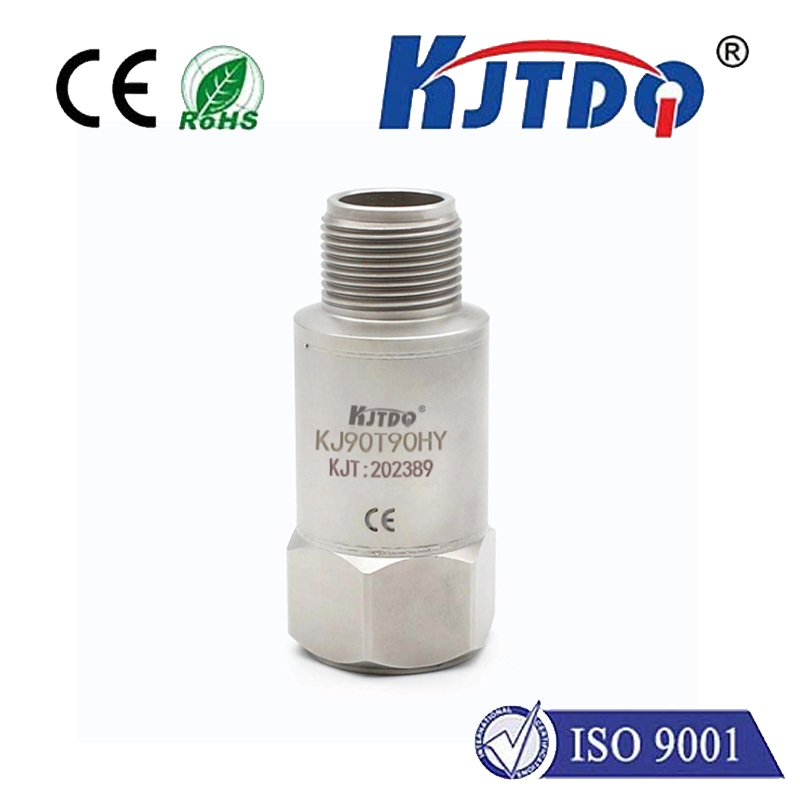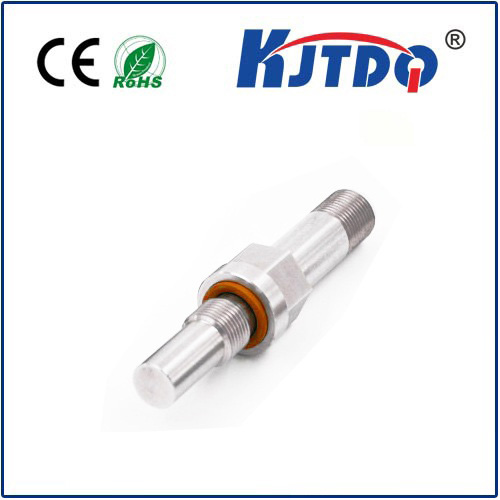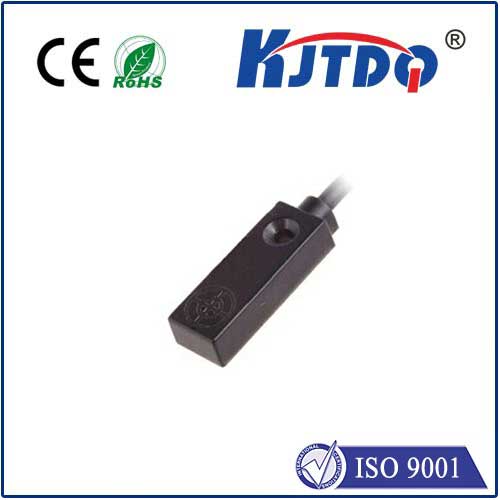
check

check

check

check
The photoelectric sensor is a non-contact sensor whose main principle is to use the reflection and transmission of light for detection. Compared with inductive sensors, photoelectric sensors have many advantages. The advantages of photoelectric sensors will be highlighted below.
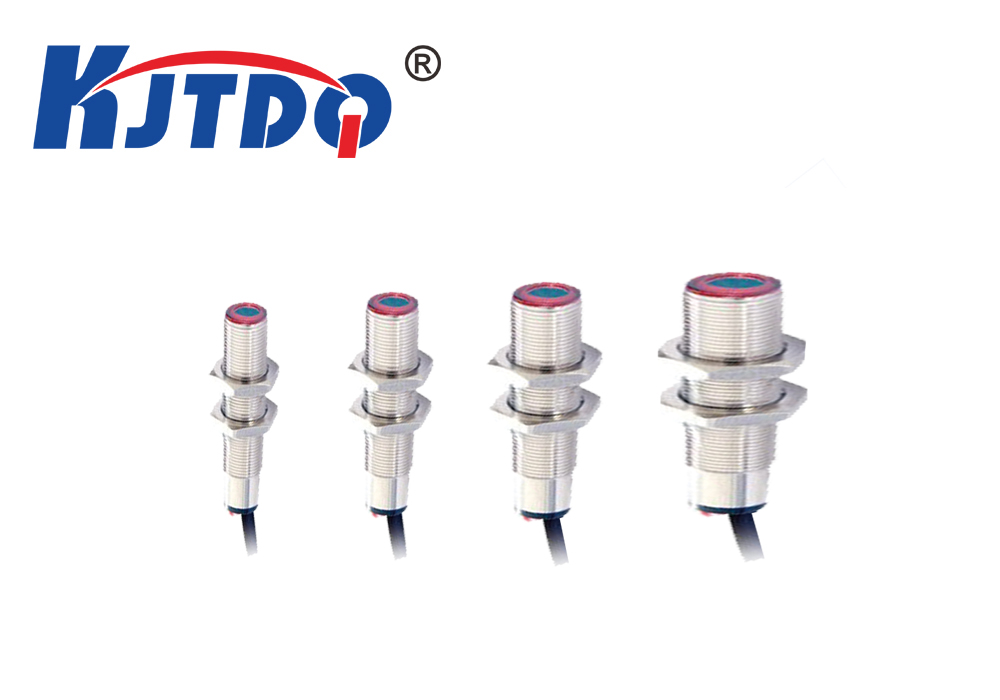
1. Long detection distance
Photoelectric sensors can achieve non-contact detection, so they will not cause damage to the object being measured, and are very little affected by the object being measured. Compared with inductive sensors, photoelectric sensors have a longer detection range. For example, the detection distance of tens of meters can be achieved by beam sensors, while the detection distance of reflective photoelectric sensors can also be from a few centimeters to several meters. This makes photoelectric sensors more suitable for long-distance monitoring applications.
2. Wide range of detection objects
Since the photoelectric sensor detects based on the reflection and transmission of the detection object, it can be detected whether it is metal, glass, rubber, wood, liquid, etc. This makes the photoelectric sensor suitable for a wide range of different applications.
3. Fast response speed
Photoelectric sensors use high-speed sensing media and do not contain mechanical movements, so they can achieve very high detection speeds. This makes photoelectric sensors play an important role in environments that require fast response.
4. High resolution
Light propagates in a straight line and has a shorter wavelength, so the photoelectric sensor has higher resolution and is suitable for small objects and high-precision position detection. This makes photoelectric sensors very useful in applications that require precise measurements.
5. Easy to obtain rule detection area
Photoelectric sensors use optical systems such as lenses, which can easily focus, diffuse and refract light to cope with different detection objects and different usage environments, and can correctly select products with a certain detection area. This makes photoelectric sensors even more advantageous in applications where a specific area needs to be measured.
6. Not affected by magnetic fields and vibrations
Detection switches are usually installed in places with strong magnetic fields and vibrations. Photoelectric sensors are inherently insusceptible to magnetic fields and vibrations, allowing them to operate very reliably.
7. Detection using the characteristics of light
Taking advantage of the properties of light, photoelectric sensors can be used to selectively detect color and shape features. This makes photoelectric sensors very useful in applications where multiple objects need to be detected and distinguished between them.
8. Long life
Due to non-contact detection, photoelectric sensors have a long service life. Especially when a light-emitting diode is used as the light source and the control output adopts a non-contact method, its life span is longer. This makes photoelectric sensors more advantageous in applications that require stable operation over a long period of time.
in conclusion:
In general, photoelectric sensors have many advantages and are widely used in various applications. Applying photoelectric sensors in the field of automated production control can achieve efficient, accurate and reliable automated production control, improve production efficiency and product quality, save resources and reduce costs, and promote the transformation of enterprises into intelligent production models.
